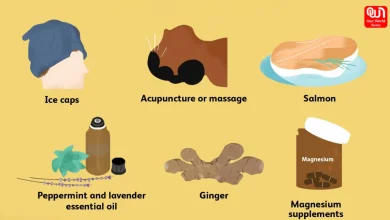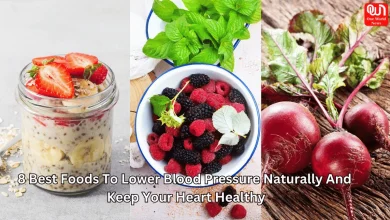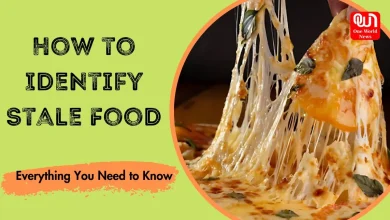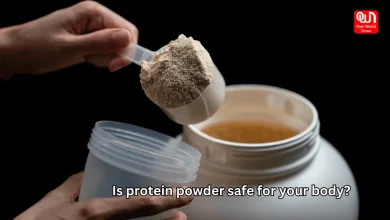Microplastics have made a home in our brains, study reveals. What does that mean?
Plastic microbeads, particles smaller than 5mm, are one of the emerging pollutants on earth.Previously the concerns were just about polluting oceans or the deaths/harm of wildlife “ but scientists recently proved that microplastics are in our tissues, human brains. Recent study published in the journal Environmental Health Perspectives brings to light an alarming claim “ microplastics, which are micron in size and basically less than one millimeter in length, are invading the human brain. A team of researchers, from the University of New Mexico, have found out a link between gum disease and worsening mental health. This, in turn, raises the issues of neurological health.
How do microplastics get to our brains?
As per Dr Yatin Sagvekar, consultant neurologist at Kokilaben Dhirubhai Ambani Hospital in Navi Mumbai, the entry of infection bacteria could be through the skin, by breathing in the air, or in-consumption (via trophic transmission or food). “-Different than particles much smaller than twenty micrometres may only penetrate organs and these further tend to cross all the cell membranes including the blood-brain barrier.”, Dr. John explained in an interaction and we are yet to know the way in which particles translocate either directly to the brain as neural endings or indirectly via the bloodstream or both.
Read More – Morning Vitality Boost: Benefits Of Drinking Coconut Water With Lemon In Morning
Why are they penetrating our bodies?
Release of MPs/NPs is now everywhere around the environment and it causes people indisputably ingestion of these chemicals. In general, MP/NPs cannot pass through the blood-brain barrier and thus are not able to reach the brain region, However, accumulation of MP/NPs in the brain, the related adverse effects are initiated. Although this increases the need to conduct further research for a more comprehensive understanding of the deleterious effects of MPs/NPs, they are still poorly characterized despite their potential toxicity to neurological development and/or degeneration. Particles of MP/NP are abundant in both the sub-types and distribution of environmental mediums such as air, water, soil and human food. On the other hand, they could discharge some of their components in the form of absorbed pollutants and infections.
What does this mean for our health in the long-term?
Micro/nano-plastic (MPs/NPs), an emerging form of pollution, is omnipresent in the environment and people are bound to be exposed to it. Despite the obstacle to the penetration of the barrier by these molecules, the presence of MPs/NPs in the blood system can be traced and accumulated in the brain, and then trigger the toxic response in the brain. That said, the neurodevelopmental and/or neurodegenerative risks of MPs/NPs are still largely unknown. “Surpassing the biosphere, MPs/NPs exist in three main compartments: air, water, soil, and food. And they have the sense of fragmentation and easily attach to solid surfaces via hydrophobicity and electrostatic adsorption.
There is a pile of evidence which proves that malabsorption and interference of metabolism, the toxic effects of the nervous systems, and the increasing tendency of cancer in humans are possible. Furthermore, the fact that microplastics (which also include inherent constituents and absorbed compounds) are being observed to release them is quite devastating. It would be good if additional investigation was carried out to precisely measure the microplastics’ effect on human health and to discover the factors behind the mechanism of their illnesses production.
Like this post?
Register at One World News to never miss out on videos, celeb interviews, and best reads.









